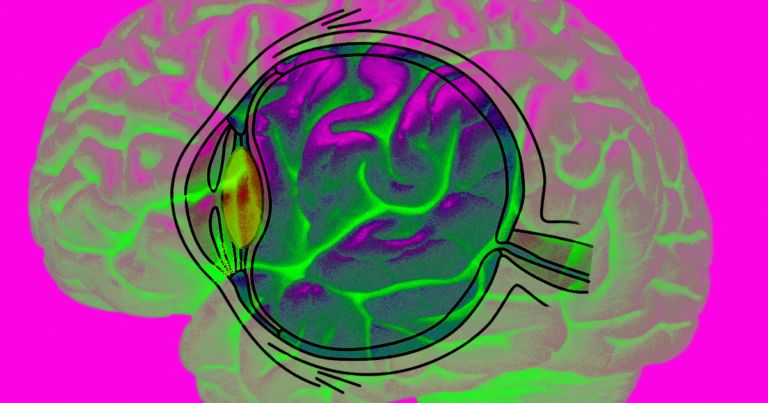Feb 15, 2020
Eye-tracking data improves prosthetic hands
Posted by Dan Kummer in categories: biotech/medical, business, computing, cyborgs
Prosthetic hands restore only some of the function lost through amputation. But combining electrical signals from forearm muscles with other sources of information, such as eye tracking, promises better prostheses. A study funded by the SNSF gives specialists access to valuable new data.
Page Content
The hand is a precious limb. Its 34 muscles and 20 joints enable movements of great precision and complexity which are essential for interacting with the environment and with others on a daily basis. Hand amputation thus has severe physical and psychological repercussions on a person’s life. Myoelectric prosthetic hands, which work by recording electrical muscle signals on the skin, allow amputees to regain some lost function. But dexterity is often limited and the variability of the electrical signals from the forearm alone makes the prosthetics sometimes unreliable. Henning Müller, professor of business informatics, is investigating how combining data from myoelectric signals with other sources of information could lead to better prosthetics. Müller has now made available to the scientific community a dataset that includes eye tracking and computer vision as well as other information (electromyography and acceleration sensor data).

















